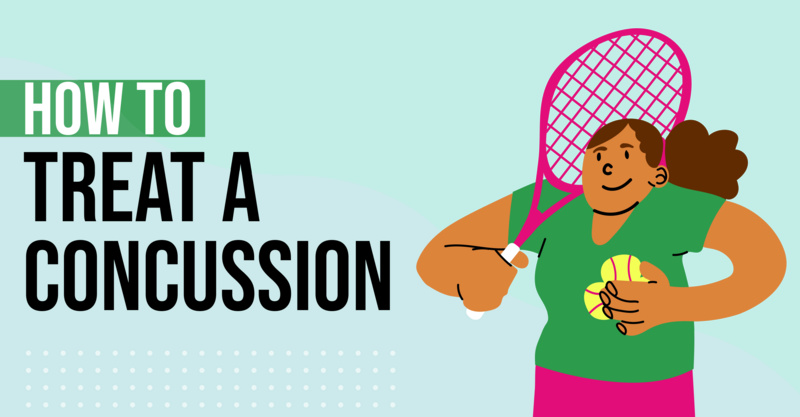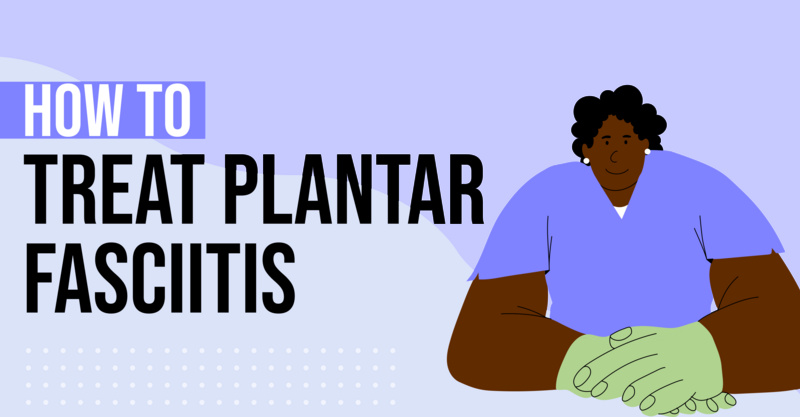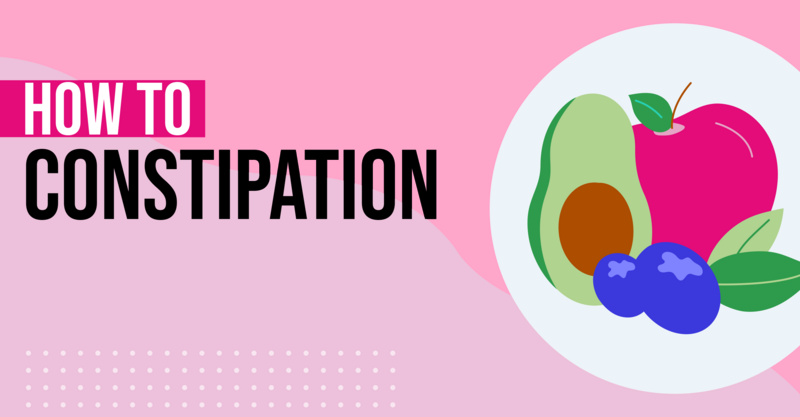Key Points
- Spondylolisthesis, a condition where a vertebra slides out of position, can result in lower back pain, muscle tightness, posture changes, and changes in bladder function.
- The condition can be caused by a variety of factors, including birth defects, injuries, arthritis, stress fractures, tumors, and spondylolysis.
- Prevention methods include maintaining a healthy weight, increasing calcium and vitamin D intake, participating in low-risk sports, strengthening back and abdominal muscles, and quitting smoking.
- Treatment options for spondylolisthesis range from stretching and back-strengthening exercises to medication and surgery.
- The condition is also known by several other names, including lumbar pain, spinal stenosis, and various types of spondylolisthesis.
Possible Symptoms for Spondylolisthesis
- Lower back pain
- Lower back pain along the sciatic nerve
- Stiffness
- Muscle tightness, such as a tight hamstring
- Tingling sensation in the thighs and buttocks
- Loss of feeling in the thighs and buttocks
- Pain in the thighs and buttocks
- Weakness in the legs
- Tenderness in the area of the affected vertebrae
- Changes to posture and gait
- Changes in bladder function
- Semi-kyphotic posture, or leaning forward
- A waddling gait
Top 6 Spondylolisthesis Causes
1. Birth Defect
Some people are born with a defect in their vertebra that may not be noticeable or cause symptoms until later in life. This type of spondylolisthesis is known as dysplastic spondylolisthesis or pathologic spondylolisthesis and normally occurs between the fifth bone in the lower back and the first bone in the pelvis area.
2. Injury
An injury to the back, such as that caused by contact sports or a car accident, may cause spondylolisthesis in people of any age. Isthmic spondylolisthesis can be caused by repetitive trauma and tends to be more common in athletes who perform hyperextension movements, such as those seen in gymnastics. This type of spondylolisthesis may be known
as traumatic spondylolisthesis, which is caused by a fracture due to direct trauma or injury to the vertebrae.
3. Arthritis
Arthritis is the most common cause of spondylolisthesis in adults and leads to abnormal wear on the bones and cartilage. Spondylolisthesis caused by arthritis is known as degenerative spondylolisthesis since it occurs with cartilage degeneration. Risk factors for arthritis include smoking, obesity, being over the age of 50, being female, and having a family history of arthritis.
4. Stress Fracture
Sports that involve hyperextension motions, like football, track and field, gymnastics, and weightlifting can put stress on the bones in the lower back and cause a fracture on one or both sides of a vertebra. Fractures can lead to weakened spinal bones that may shift around and cause spondylolisthesis.
5. Tumors
Tumors that develop on the vertebrae can put pressure on the bones and cause spondylolisthesis and bone weakness. Spondylolisthesis that is caused by an abnormality such as a tumor is known as pathologic spondylolisthesis.
6. Spondylolysis
Spondylolysis is a fracture or defect in a vertebra that hasn’t yet slid out of position to fall onto a lower bone in the spine. Spondylolysis eventually causes spondylolisthesis in most people.
5 Ways to Prevent Spondylolisthesis
1. Get More Calcium and Vitamin D
Calcium and vitamin D contribute to strong, healthy bones and help prevent bones from weakening and causing spondylolisthesis. Weak, brittle bones can fracture more easily, but getting enough calcium and vitamin D can reduce your risk for bone breaks and fractures. Good sources of calcium include yogurt, almonds, and salmon, while vitamin D can be obtained through exposure to sunlight.
Adults under the age of 50 should consume between 400 and 800 IU of vitamin D and 1,000 mg of calcium every day. Older adults over the age of 51 should consume between 800 and 1,000 mg of vitamin D every day. Additionally, older women should consume 1,200 mg of calcium per day, and older men should consume 1,000 mg of calcium per day to keep bones healthy and avoid spondylolisthesis.
2. Maintain a Healthy Weight
Excess weight can put stress on the lower back and increase the risk for spondylolisthesis. If you are overweight or obese, start practicing healthy lifestyle behaviors that will help you lose excess weight, or work with your doctor to address the root cause of your weight gain. Start exercising regularly, eat plenty of healthy foods, sleep at least 7 hours per night, and manage stress to achieve and maintain a healthy weight.
3. Choose Low-Risk Sports
Some sports can lead to fractures and injuries in the lower back, which in turn lead to spondylolisthesis. Contact sports like football can result in sudden injuries to the lower back, while sports that involve repetitive extension movements, like gymnastics, volleyball, and diving, increase the risk for fractures. Weightlifting can also lead to fractures in the lower back when the improper form is used or when people try lifting more weight than they can handle.
Choose sports that don’t put your lower back at risk for injury and spondylolisthesis. Swimming, biking, and walking are examples of low-risk sports that can strengthen and protect your lower back.
4. Strengthen the Back and Abdominal Muscles
The muscles in your back and abdominal region help support and stabilize the lower back to reduce the risk for injuries, fractures, and spondylolisthesis. Stay physically active and perform aerobic activities like walking and swimming to strengthen the muscles in your back and stomach. Core-strengthening exercises like bridges, sit-ups, and crunches are also ideal for working the back and abdominal muscles.
5. Stop Smoking
Cigarette smoking has been linked to an increased risk of bone fractures, which may lead to spondylolisthesis. Smoking reduces blood flow to the bones and interferes with the body’s absorption of calcium. This can lead to weakened, brittle bones that are more prone to fractures. Stop smoking as soon as possible, and ask your doctor about safe and effective smoking cessation treatments that can help you quit.
Possible Spondylolisthesis Treatment Options
- Stretching the lower back
- Back-strengthening exercises
- Ice and heat application
- Back brace
- Physical therapy
- Pain medication
- Epidural Injections
- Surgery
Questions Your Doctor May Ask About Spondylolisthesis Treatment
- When did your symptoms begin?
- Which sports do you play?
- Does your occupation require you to lift heavy objects?
- Which exercises do you do?
Spondylolisthesis May Also Be Known as:
- Lower back pain
- Lumbar pain
- Spinal stenosis
- Dysplastic spondylolisthesis
- Degenerative spine
- Degenerative spondylolisthesis
- Isthmic spondylolisthesis
- Traumatic spondylolisthesis
- Pathologic spondylolisthesis
Frequently asked questions
What is Spondylolisthesis?
Spondylolisthesis is a condition where a vertebra slides out of position, causing symptoms like lower back pain, muscle tightness, changes in posture, and even changes in bladder function.What causes Spondylolisthesis?
Spondylolisthesis can be caused by various factors such as birth defects, injuries, arthritis, stress fractures, tumors, and spondylolysis.How can I prevent Spondylolisthesis?
Preventive measures include maintaining a healthy weight, getting more calcium and vitamin D, choosing low-risk sports, strengthening back and abdominal muscles, and quitting smoking.What are the treatment options for Spondylolisthesis?
Treatment options range from stretching and back-strengthening exercises to medication and surgery.What are the other names for Spondylolisthesis?
Spondylolisthesis is also known as lower back pain, lumbar pain, spinal stenosis, dysplastic spondylolisthesis, degenerative spine, degenerative spondylolisthesis, isthmic spondylolisthesis, traumatic spondylolisthesis, and pathologic spondylolisthesis.Can Spondylolisthesis affect bladder function?
Yes, in some cases, Spondylolisthesis can cause changes in bladder function.Can injuries cause Spondylolisthesis?
Yes, injuries are one of the potential causes of Spondylolisthesis.Does smoking increase the risk of Spondylolisthesis?
Yes, smoking can contribute to the development of Spondylolisthesis, so quitting smoking is recommended as a preventive measure.
Solv has strict sourcing guidelines and relies on peer-reviewed studies, academic research institutions, and medical associations. We avoid using tertiary references.










